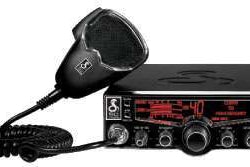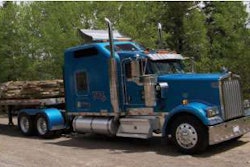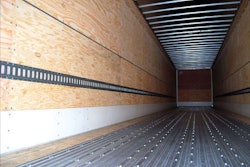Check your lube, fluid, filter, pump
1. Grease the front suspension and steering system every 15,000 miles or less to keep parts, such as kingpins, from binding. This may require putting the front axle on secure jack stands.
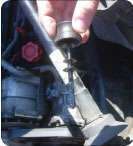
3. Inspect high-pressure supply hoses and low-pressure return hoses and connections for leaks or corrosion. Check for rubbing hoses and make sure protective coverings are intact. Most Class 8 trucks have steering pumps driven by the engine’s geartrain. If necessary, make sure the belt is tensioned properly and not frayed or glazed smooth.
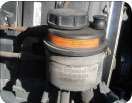
5. Inspect the fluid periodically. Use a syringe to transfer a few ounces into a glass jar. Inspect for significant amounts of bright metal or obvious moisture. If contaminated, flush the system by disconnecting the lines to drain them, the pump, steering box and reservoir. Reconnect the hoses. Fill and bleed the system.
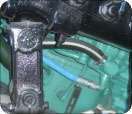

TROUBLESHOOTING
Hard steering in both directions suggests a worn pump, and hard steering in one direction suggests a bad steering box. When hard steering is not attributable to mechanical parts, find an experienced technician. If the problem is in the steering box, replace with an exchange remanufactured one.
If a hose needs replacement, the standard SAE screw-on fittings will be much easier to install than newer quick disconnects. Screw fittings won’t leak if you turn them tight. Quick-disconnect designs require a special tool. At $50-$75 each, it may be cheaper to replace the hose. n



